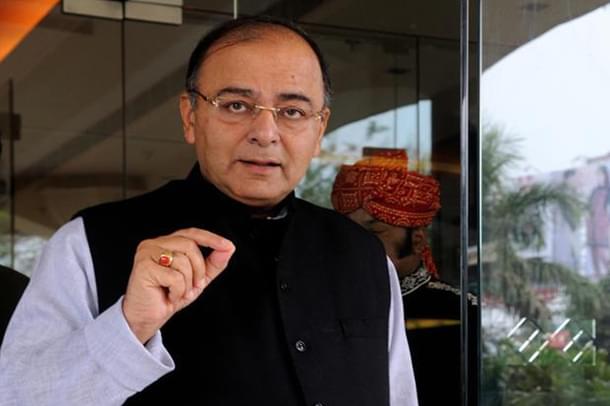Insta
GST Council Meet: Centre And States Reach Broad Consensus, Finalise Four-Level Rate Structure
Swarajya Staff
Nov 04, 2016, 11:22 AM | Updated 11:14 AM IST
Save & read from anywhere!
Bookmark stories for easy access on any device or the Swarajya app.


The Goods and Services Tax Council on Thursday arrived at a consensus of four bands of tax between 5 per cent and 28 per cent, while agreeing to compensate states for losses on account of a shift to this new regime by way of cess.
Apart from the 5 per cent and 28 per cent rates, there will also be two standard rates of 12 per cent and 18 per cent. This apart, another category of tax between 40 per cent and 65 per cent will be imposed on luxury goods like high-end cars, pan masala, aerated drinks and tobacco products. Food grains will be zero-rated to insulate people from inflationary pressures.
Giving these details at the conclusion of the first day of the council's two-day meeting, Union Finance Minister Arun Jaitley said members also arrived at a consensus on the tax rate for white goods. "The draft called for 26 per cent, the consensus is for 28 per cent," he said. The current levy varies between nil taxes to 30-31 per cent.
Jaitley also explained why the decision was taken to compensate states with a cess. "As per our calculation, Rs 50,000 crore will be needed in the first year for compensation. If we have to raise this by way of tax, we will need Rs 1,72,000 crore," he said.
Welcoming the GST Council's decision of a four-slab rate structure, India Inc cautioned the government that the multi-tier tax system may make the new indirect tax regime highly complex. It also suggested that most of the consumer goods should fall in the 18 per cent tax slab.
The four-tier tax structure has received a mixed response, with the common man hoping that prices would not go up further, if not declining, when the new rates are implemented.
With inputs from IANS.





